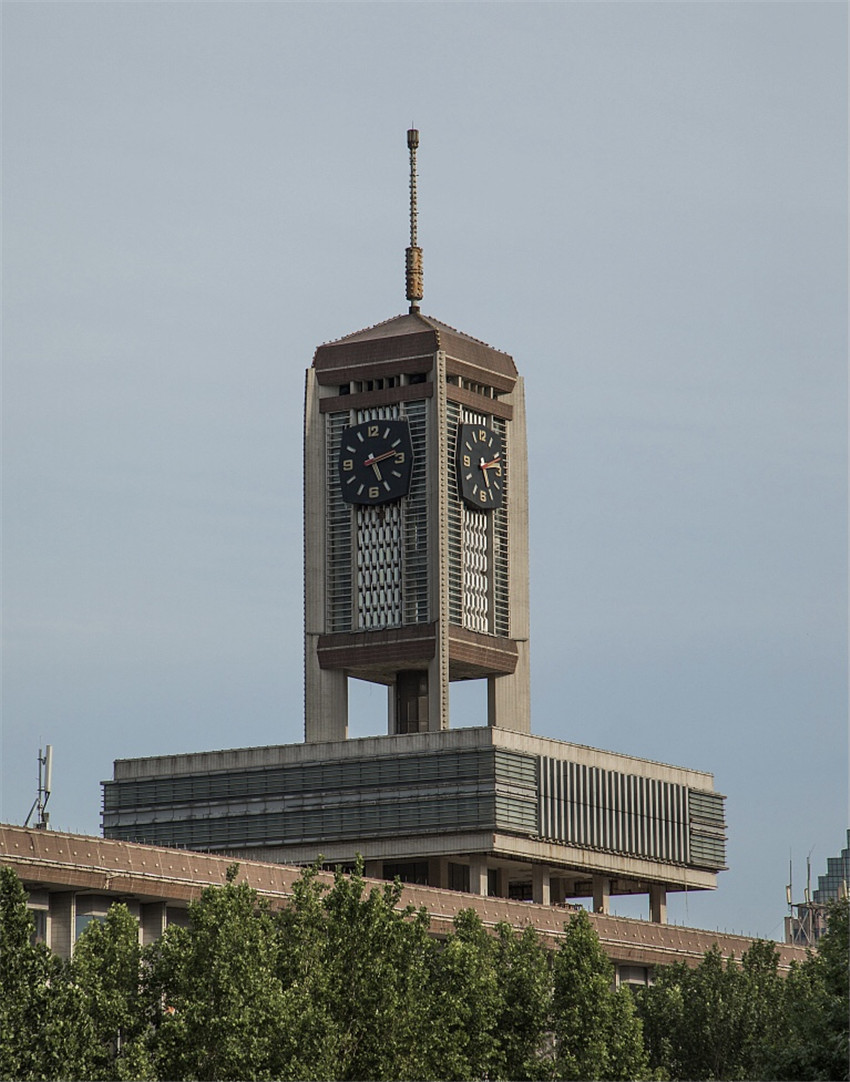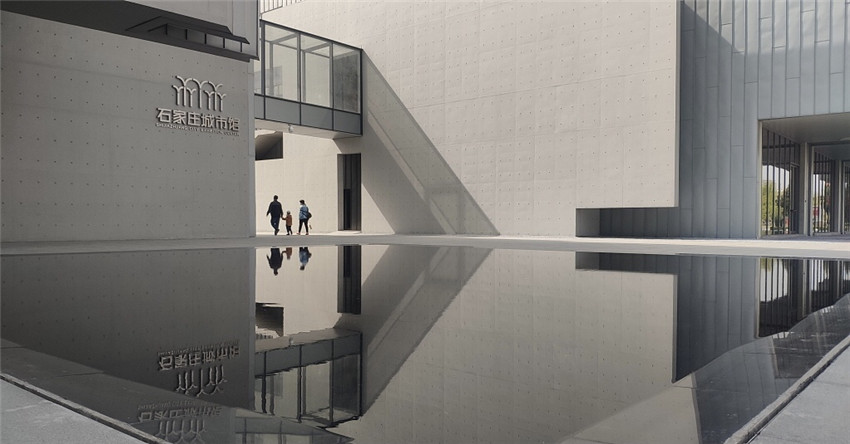Introduction to Shijiazhuang
石家庄简介

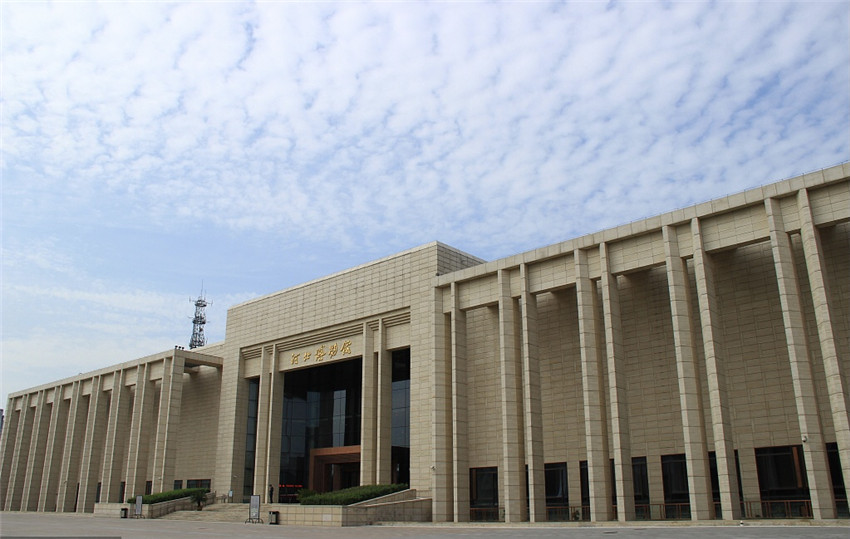
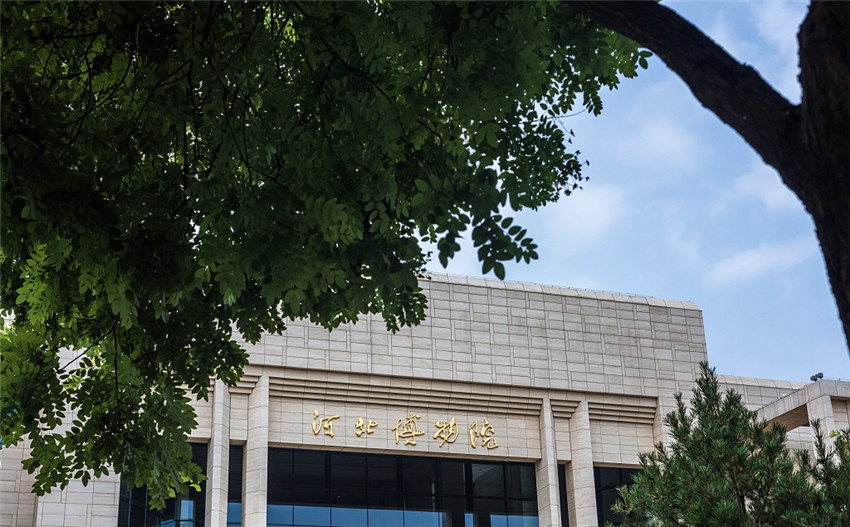

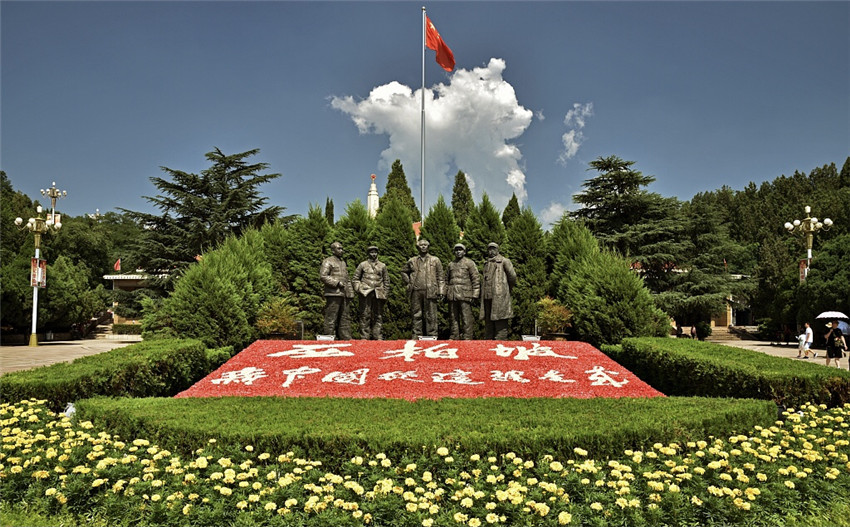
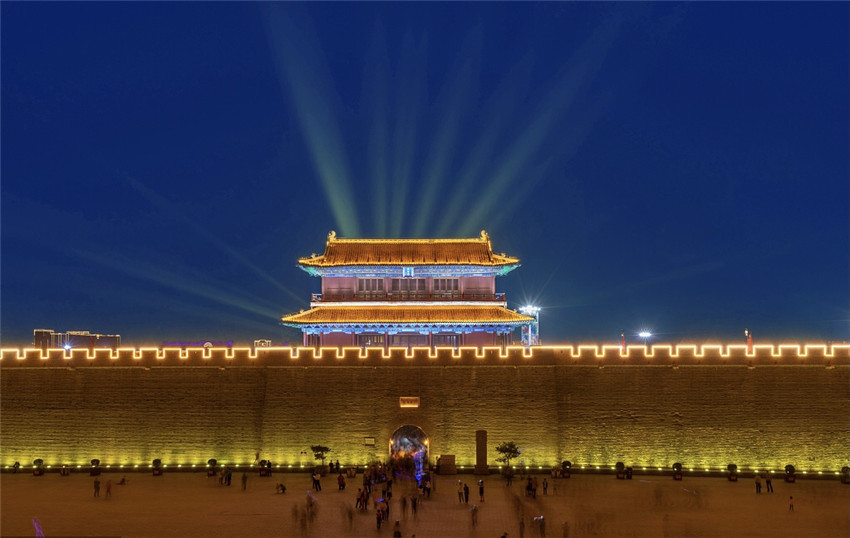
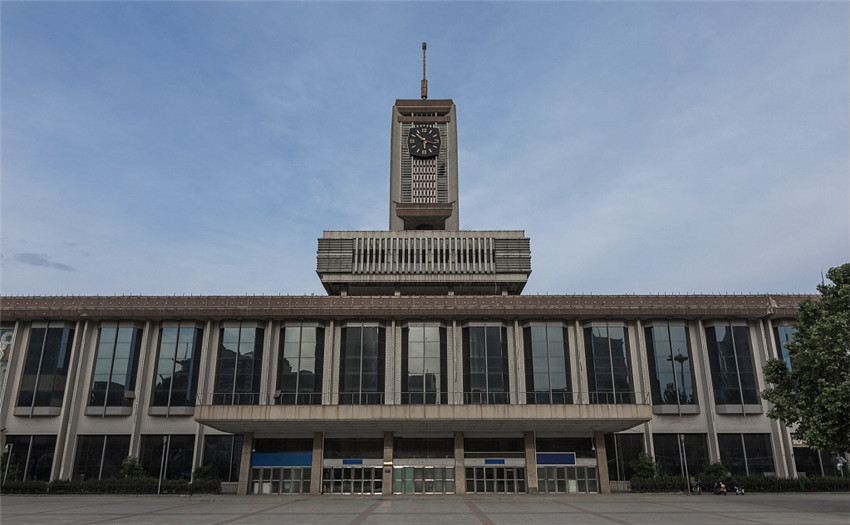
石家庄,旧称“石门”,简称“石”,是中华人民共和国河北省省会,全省政治、经济、科技、金融、文化和信息中心。位于河北省中南部,环渤海经济圈。位于北纬37°27’~38°47’,东经113°30’~115°20’之间,东面与衡水接壤,南面与邢台毗连,西面与山西接壤,北面连接保定。南北最长处约148千米,东西最宽处约175千米,周边界长760公里,总面积15722平方公里。石家庄市位于太行山地和华北平原两大地貌的交接位置,夏季温度偏高就是这种地貌特征造成的,地貌由西向东依次排列为中山、低山、丘陵、盆地、平原。石家庄行政区划为地级市,现辖8个市辖区、2个县级市和11个县。
石家庄市科技发达,旅游资源丰富,获批国家首批科技创新示范城市、国家半导体照明产业化基地、国家卫星导航产业基地、国家动漫产业发展基地、国家生物医药产业基地,获授全国文明城市、国家森林城市、中国优秀旅游城市,拥有全国重点文物保护单位40处、国家历史文化名城1处(正定)、国家级森林公园3处(仙台山、五岳寨、驼梁)。
西柏坡位于平山县境内,距石家庄市区80千米,中国著名的爱国主义教育基地,国家AAAAA级重点风景名胜区。1947年以刘少奇、朱德为首的中央工作委员会先期进驻西柏坡召开了中国土地会议,颁布实施《中国土地法大纲》。1948年毛泽东、周恩来、任弼时率领中共中央和解放军总部移驻西柏坡,在此组织指挥了辽沈、淮海、平津三大战役,取得了战略决战的决定性胜利。
赵州桥是中国最古老的石拱桥,距今已有1400年的历史。作为世界上第一座石质分段拱桥(它的拱门是圆形的一段,而不是完整的半圆形),它比世界上其他同类桥梁早800年。桥长50.82米,宽9.6米,跨度37米,是河边景观公园的一部分。22根石柱上雕刻着龙和神话传说中的动物,中间的石板上雕刻着一条壮丽的饕餮(龙的后代)。
河北博物院的前身是河北省博物馆,始建于1953年,位于省会石家庄市中山东路与范西路之间,院舍分为两区,北区1968年建成,南区2013年建成,两区相互贯通,总建筑面积为53128平方米,是石家庄市的标志性文化景观。河北博物院依托院藏文物优势以及相关文博单位的大力支持,撷取河北历史上最为精彩的篇章,推出9个常设陈列:《石器时代的河北》、《河北商代文明》、《慷慨悲歌—燕赵故事》、《战国雄风—古中山国》、《大汉绝唱一满城汉墓》、《北朝壁画》、《曲阳石雕》、《名窑名瓷》、《抗日烽火—英雄河北》。通过5000余件(套)精美的文物和现代化展示手段,记录了河北200万年来连绵延续的人类发展史。每年还举办多个历史、艺术、自然、科技、时政、民俗等方面的临时展览。
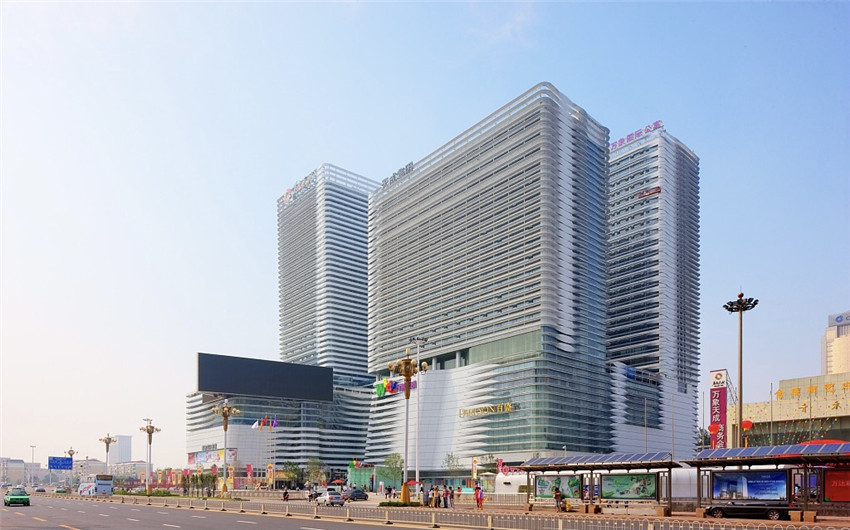

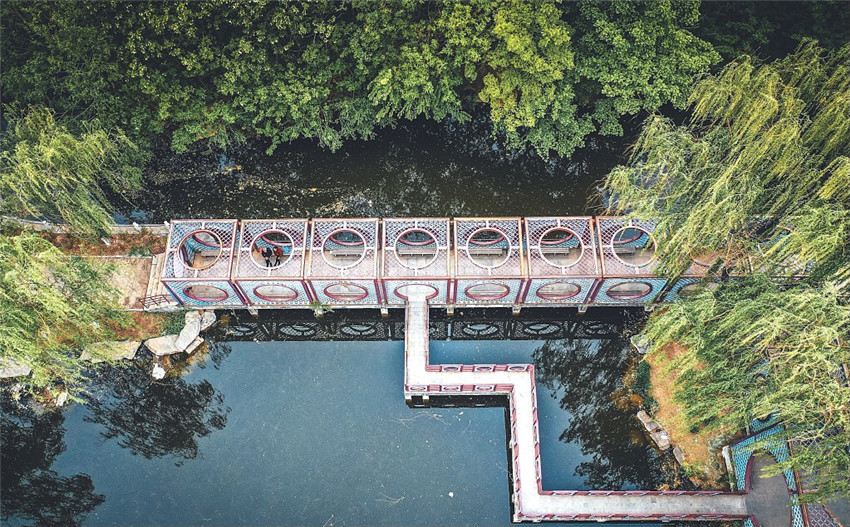



Shijiazhuang, formerly known as “Shimen”, abbreviated as “Shi”, is the capital of North China's Hebei Province, the province's political, economic, scientific and technological, financial, cultural and information center. Shijiazhuang is located in south-central Hebei, and is part of the Bohai Economic Rim. Its administrative area ranges in latitude from 37° 27' to 38° 47' N, and the longitude 113° 30' to 115° 20' E. The prefecture-level city reaches a 148 kilometres north–south extent and a 175 kilometres wide from east to west. The prefecture has borders stretching 760 kilometres long and covers an area of 15,722 square kilometres. Bordering prefecture-level cities in Hebei are Hengshui (E), Xingtai (S), and Baoding (N/NE). To the west lies the province of Shanxi. The city stands at the edge of the North China Plain, which rises to the Taihang Mountains to the west of the city, and lies south of the Hutuo River. From west to east, the topography can be summarised as moderately high mountains, then low-lying mountains, hills, basin, and finally plains. Administratively a prefecture-level city, Shijiazhuang administers eight districts, two county-level cities, and 11 counties.
Shijiazhuang, with developed science and technology and rich tourism resources, has been approved as one of the first National Demonstration Cities of Science and Technology Innovation, National Semiconductor Lighting Industrialization Base, National Satellite Navigation Industry Base, National Animation Industry Development Base, National Biomedical Industry Base, awarded as National Civilized City, National Forest City, China's Excellent Tourism City, with 40 national key cultural relics protection units, one national historical and cultural city (Zhengding), three national forest parks (XianTai Mountain, Wuyue Village, TuoLiang Mountain).
Xibaipo is located in the territory of Pingshan County, 80 km from Shijiazhuang city, a famous patriotic education base in China and a national AAAA key scenic spot. 1947, the Central Working Committee headed by Liu Shaoqi and Zhu De first stationed in Xibaipo and held the China Land Conference, promulgating and implementing the Outline of China Land Law. 1948, Mao Zedong, Zhou Enlai and Ren Bishi led the Central Committee of the Communist Party of China and the In 1948, Mao Zedong, Zhou Enlai and Ren Bishi led the Central Committee of the Communist Party of China and the PLA headquarters to Xibaipo, where they organized and commanded the three major battles of Liaoshen, Huaihai and Pingjin, achieving a decisive victory in the strategic battle.
China’s oldest stone segmental arch bridge, the Zhaozhou Bridge, has spanned the Jiao River for 1,400 years. As the world’s first stone segmental arch bridge (its arch is a segment of a circle, as opposed to a complete semicircle), it predates other bridges of its type throughout the world by 800 years. In excellent condition, and part of a riverside, landscaped park, it is 50.82 meters long and 9.6 meters wide, with a span of 37 meters. Twenty-two stone posts are topped with carvings of dragons and mythical creatures, with the center slab featuring a magnificent taotie (an offspring of a dragon).
The predecessor of Hebei Museum was the Museum of Hebei Province , founded in 1953, located in the Cultural Square between Zhongshan Road and Fanxi Road. As an iconic culture landscape of Shijiazhuang, Hebei Museum, with the total building area of 53,128 square meters, consists of two connective parts, the northern one founded in 1968 and the southern completed in 2013. With the full advantage of abundant collected resources and the great support from heritage institutions concerned, Hebei Museum launches 9 permanent exhibitions: the Stone Age of Hebei, the Civilization of Shang Dynasty in Hebei, the Story of State Yan and Zhao,the Strong Power of the' Warring-States.the Zhongshan State, Treasures of Han Dynasty-the Han Tombs in Mancheng County, the Fresco of the Northern Dynasties, Quyang Stone Carvings, Selected Porcelains Made in Well-Known Kilns and the Anti-Japanese War: Heroes in Hebei. By means of 5,000 exquisite cultural relics and modernized displaying, Hebei Museum records the human history from two million years ago to present. In addition to the basic display, Hebei Museum also organizes numbers of temporary exhibitions each year, focused on history, culture and art, science and technology, local customs, hot- button issues and other aspects.
